Is your plant machinery both safe and compliant? Has your company experienced a machine-related injury, a close call, or received a regulatory compliance citation associated with the operation or maintenance of plant machinery? Understanding machine safety requirements can be a complex undertaking. Plant machinery can also be unknowingly hazardous to your employees resulting in serious, if not fatal injuries. These tragic events can also create significant liability for your company.
In these times, just being lucky isn’t good enough. Your plant machinery needs to be safe and compliant with a wide array of regulatory and industry consensus standards and guidelines. In most cases, it is the legal responsibility of the equipment owner to ensure continued compliance, not the original equipment manufacturer (OEM). It can be easy to disregard important machine-safety requirements until the risks become a reality. Eventually, non-compliance will lead to regulatory citations, near-miss incidents, or a serious, if not fatal, injury.
Machine guarding devices and safety control systems must be designed, engineered, and installed in a fully integrated and reliable manner to ensure a safe and compliant design without negatively impacting productivity, quality, cycle times, or machine life. To determine if your machinery is both safe and compliant, you need to understand the risks associated with normal machine operation as well as any risks associated with service, maintenance, or repair tasks. Risks need to be communicated to your employees, so they are aware of the hazards and are trained, equipped, and proficient in safe and compliant operations.
Assessing Your Risks
Typically, the first step to understanding the risks and regulatory regulations associated with your plant machinery and any gaps in machine safeguarding is to complete a machine safety survey or risk assessment. This process identifies the required functionality of your machinery, including material handling, and the tasks associated with start-up, normal operation, clearing of jams, periodic adjustments as well as service, maintenance,
The temptation to employ “quick fixes” must be avoided as any machine requiring a safety control system solution must be properly integrated with the existing machine controls. If not, the “quick fix” soon becomes a new safety or operational problem.
The following six basic machine-safety requirements represent a few of the areas that a comprehensive machine-safety survey or risk assessment would typically evaluate but in much greater detail. Review these basic machine safety requirements to determine the current state and urgency of your machine safeguarding needs.
1. Lockable Zero-Energy State (ZES) Isolation Devices
Each hazardous energy source must be provided with a suitable means to safely remove and relieve all active or accumulated forms of hazardous energy (electrical, chemical, pneumatic, hydraulic, gravity, etc.) before service maintenance or repair tasks are undertaken.
Properly designed and installed ZES isolation devices can cut maintenance and repair times drastically and allow your employees to quickly and safely apply their personal Lockout/Tagout (LOTO) devices to achieve a safe and compliant zero-energy state.
These devices can include the following:
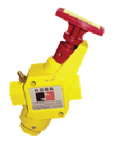
Dump valvesfor hydraulic and pneumatic systems |

Double block & bleed valves
|
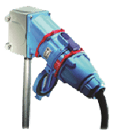
Plug disconnect devicesfor cord and plug power supply |
2. Lockable Zero-Energy State (ZES) Isolation Devices
The keywords are durable and tamper-resistant. Machine guarding achieves little if a machine operator can defeat the purpose of the guarding. Durable and tamper-resistant barrier guarding prevents machine operators from reaching Around, Under, Though, or Over (A-U-T-O) fixed guarding to gain access to moving or hazardous machine parts.
Robust and durable structural barrier guarding devices and systems can include the following:
3. Reliable Safety-Rated Control Devices
You are likely to experience a serious, if not fatal, injury or receive a regulatory citation if your current safety control system relies on the use of general-purpose mechanical relays, standard photoelectric sensors, toggle/limit switches, or a standard programmable logic controller (PLC). Only listed or approved safety-rated control devices can ensure a complete mechanical stop or physically prevent access to a moving or hazardous machine part.
The correct selection of these devices must be based on the machine operator’s duties, access needs, materials handled and the frequency and speed of moving or hazardous parts. The use or reliance on standard-service machinery control devices and circuit components may not be a suitable or compliant option. These safety-rated control devices can include the following:
These safety-rated control devices can include the following:
4. Approved and Clearly Labeled Machine Stop Controls
Does your machine stop controls conform to applicable standards such as NFPA 79 and ISO-13850? Normal machine stop and emergency stop controls have two completely different objectives and may have completely different technical requirements.
Machine stop control devices can include the following:
5. Testing and Confirmation of Machine Stop Times
Machine stop times must be tested and confirmed in order for the proximity or access control devices to detect AND stop any machine motion before the operator has exposure to the hazardous machine part. In order for the proximity and access controls devices (e.g., light curtains and scanners) to properly function, they must also be properly installed, calibrated, and tested according to the manufacturer’s specifications.
Machine stop control devices can include the following:

Safety light curtains |

Machine stop-time analysis |
6. Validation, Testing & Maintenance
Your machine safety control devices and safety-control systems must be designed, tested, and validated to confirm the required level of reliability, which is based on the machine safety survey or risk assessment and ISO-13849 requirements.
There also must be a validated operation, inspection, testing, and maintenance protocol for your machine’s safety control systems. Lastly, all machine safety control devices and systems must be included as part of your preventative maintenance, mechanical integrity, or management of change program.
In conclusion...
Safe and compliant plant machinery starts with first understanding how your plant equipment complies with the safety and compliance requirement noted above during both normal operations and any service, maintenance, or repair tasks.
Ask yourself, your machine operators, or your maintenance team members about their knowledge of these six safety requirements. If there are any doubts or gaps, you need to take action or seek assistance before a serious injury or tragedy strikes your facility.
Learn more and contact us:
Learn about MPSA's Turnkey Machine Safety Solutions
Contact an MPSA Machine Safety Expert
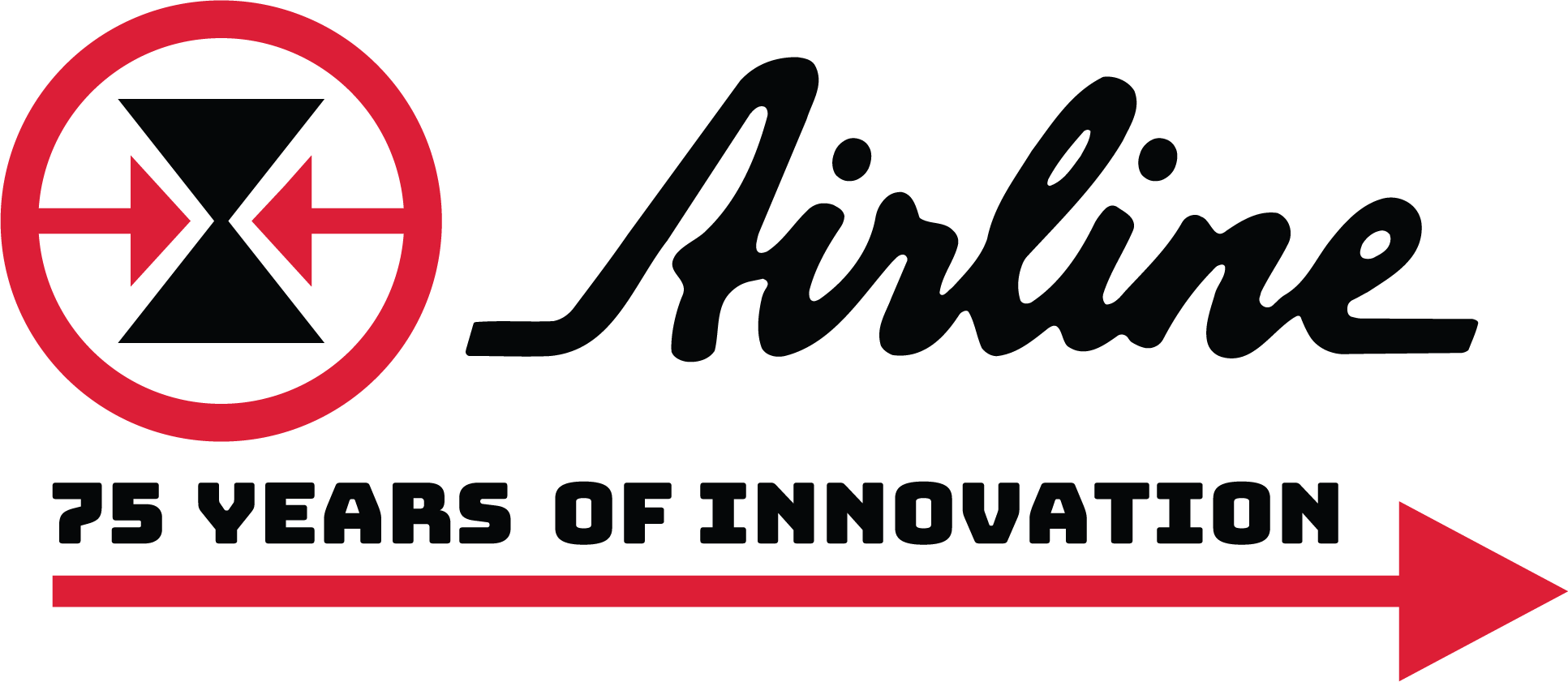








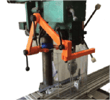
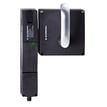
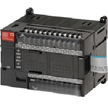

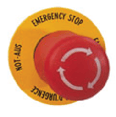

Leave Comment